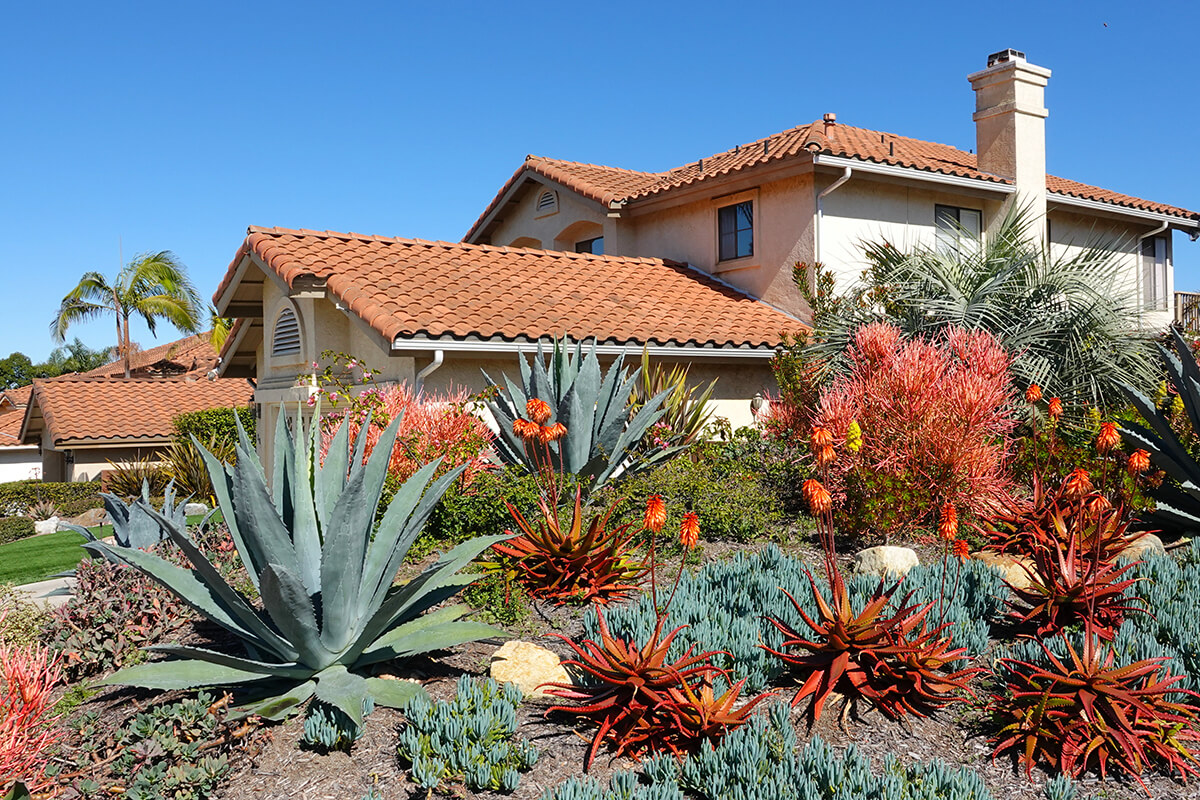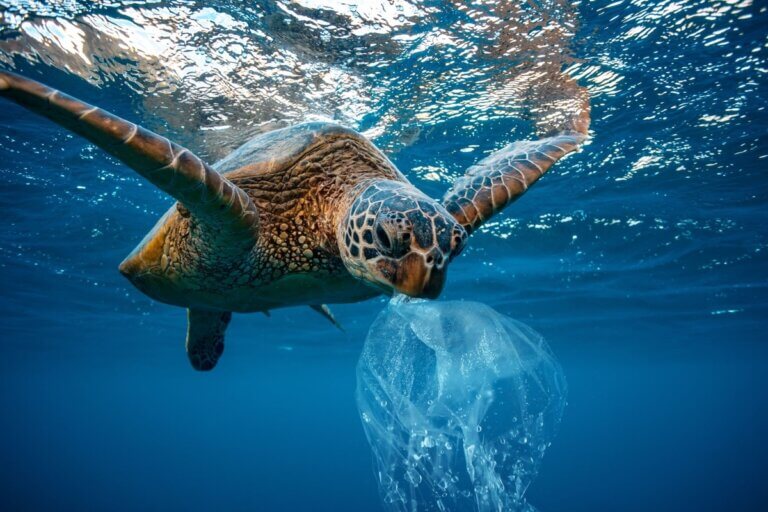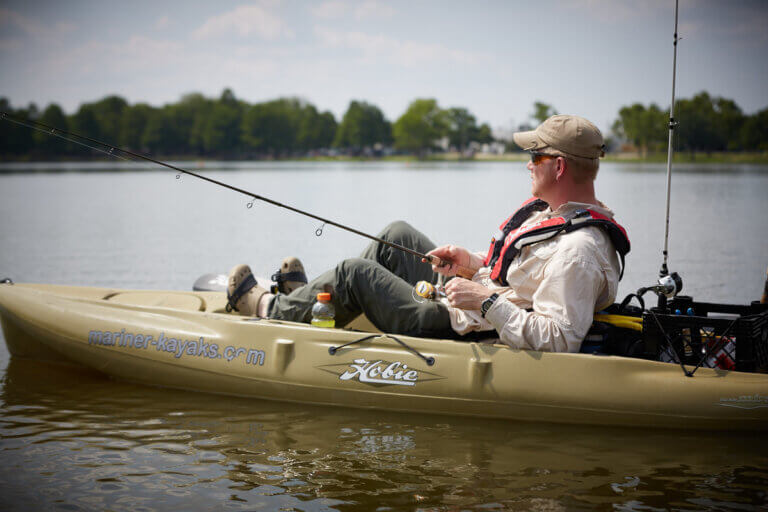In North America, we have been socially conditioned to associate lush, well-manicured grass lawns with prosperity. As a result, homeowners often feel the pressure, either self-imposed or from neighbours, to keep their lawns in tip-top conditions. However, we rarely stop to think about the environmental consequences of such social norms. Let’s go over why grass lawns aren’t very environmentally-friendly, and why xeriscaping is a more sustainable landscaping approach.
Environmental Impacts of Grass Lawn
Grass as a plant is not damaging to the environment; it’s how lawns are maintained. Grass naturally turns yellow in colder, dryer climates; to keep it green, a lot of water is required, as well as fertilizers. However, the more nutrients it gets, the faster it grows. Consequently, more gasoline is needed to run the lawnmower, which leads to more pollution.
Furthermore, chemicals such as fertilizers and herbicides used to fight off weeds contaminate soil and water systems, eventually ending up in human bodies through the food chain. Unfortunately, the pollution and waste don’t stop there as much more are created during the production or transportation of treated water, fuel, chemicals and lawn clippings.
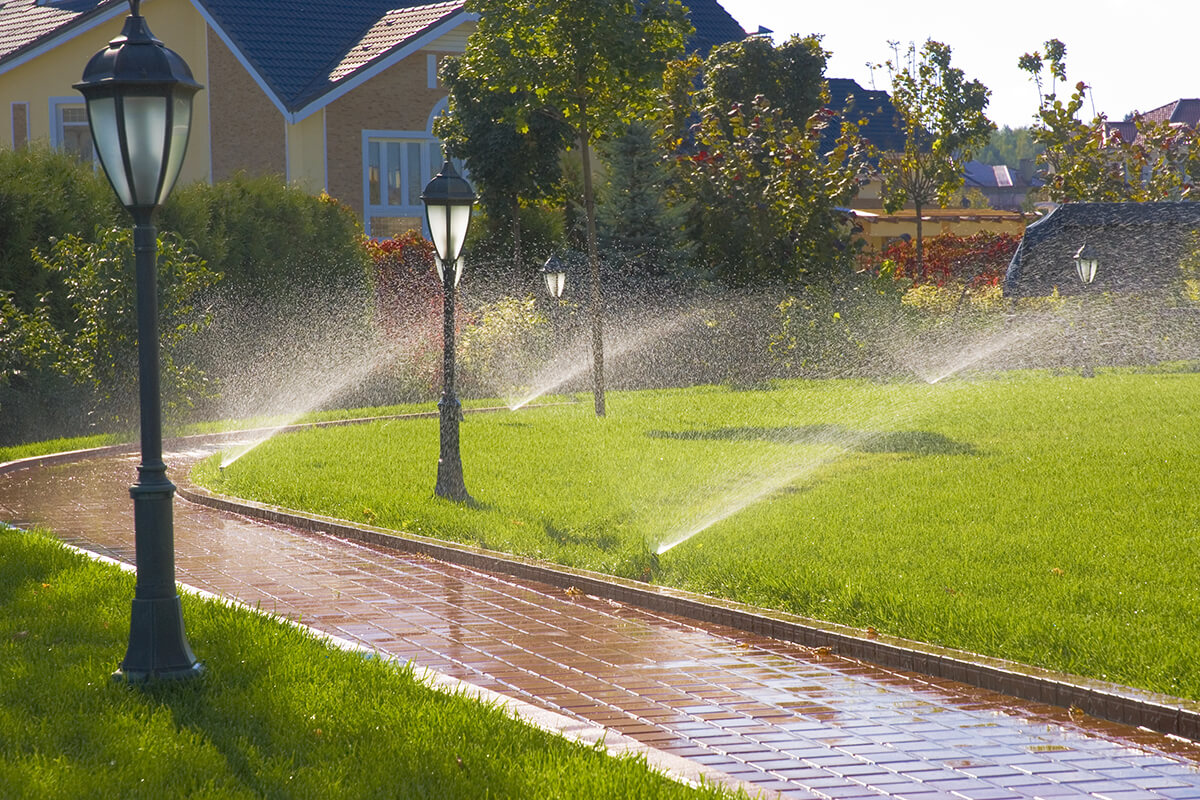
Xeriscaping – A Sustainable Alternative
What is Xeriscaping?
According to Colorado State University, xeriscaping is a word coined by the Denver Water Department to describe sustainable, water-conserving landscaping; it is derived from the Greek word “Xeros,” which means dry. Xeriscaping doesn’t mean any lawn at all, but to limit its size according to functional needs. It is also not to be confused with zeroscaping, which usually refers to a landscaping method devoid of plants, which isn’t very sustainable either since plants help us fight climate change.
There are many reasons why xeriscaping is more sustainable and smarter than traditional lawns. Starting with the design, factors such as climate, sunlight condition, surface runoff, and even soil type are used to select local plants and group them into zones. This ensures that the plants get as much water as possible naturally from rainfall, reducing the need for irrigation. Also, mulching is used to retain moisture, add organic matter to the soil, and prevent weed growth without needing fertilizers or herbicides. Another sustainable benefit of xeriscaping is that the improved ecosystem diversity will bring pollinators and animals back into our cities and yards, thus restoring the balance of nature a bit.
Related Articles
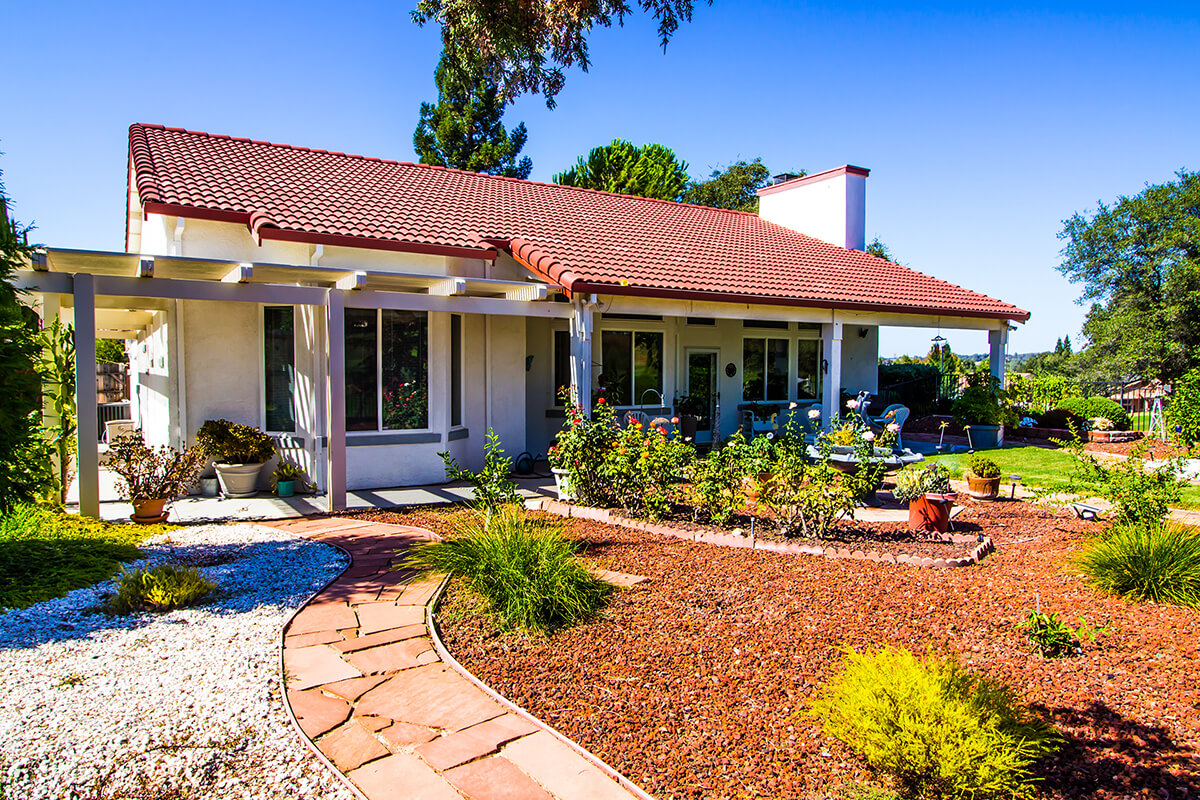
How to Xeriscape
Here is a more detailed article on how to xeriscape. While the principles for xeriscaping are the same across regions, local climates and native plants differ. Therefore, it’s important to check local resources. Governments, universities, garden centres, and not-for-profit organizations often provide related information and even free courses. They will know what native plants are most suitable for your local climate, so take advantage of that.
Xeriscaping for a More Sustainable Lifestyle
According to a 2012 study by the University of Lethbridge, “…homes that converted 60% or more of their landscape compared with homes with 60% or greater traditional turf, Xeriscape homeowners reported a monthly reduction of 2.2 hours in maintenance and an additional $206 per year savings on herbicide and fertilizer.” Over the years, these numbers will only add up. By xeriscaping, not only can you help create a more sustainable environment, but also a more sustainable lifestyle for yourself, too.
Cases for Grass
Although xeriscaping is usually more sustainable, there are cases for having grass, too. For example, it doesn’t make sense for people in rural areas to remove natural grass native to their lands to xeriscape their entire farms or acreages, especially when most of the lands are watered by rain. Also, in cities that lack green space, it’s better to have grass than none since it still provides cooling and reduces the urban heat island effect. In general, the grass itself isn’t a problem as long it is sustainably maintained and ecosystem diversity is preserved.
